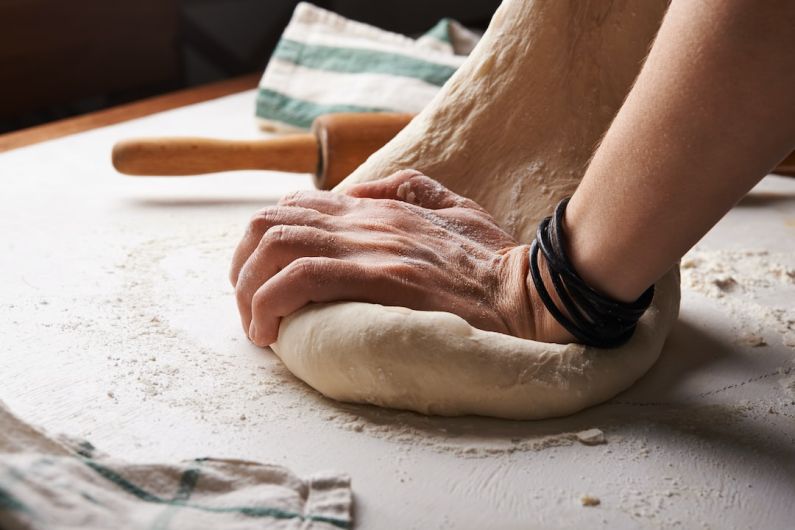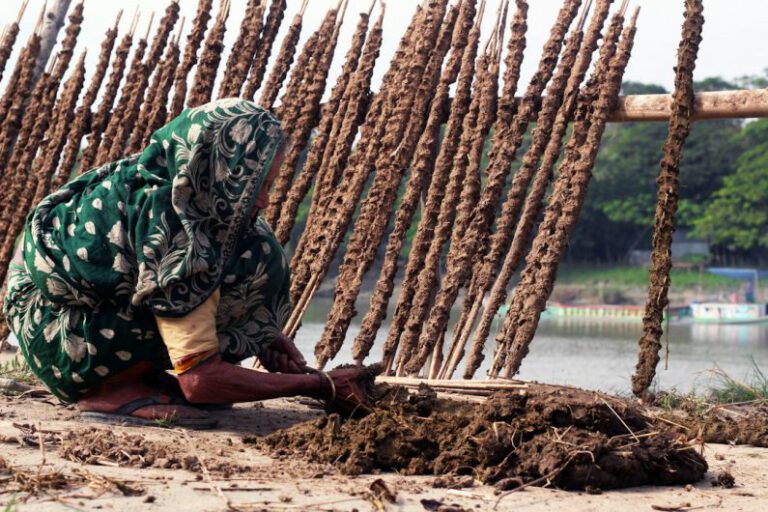What Are the Top Tips for Baking Perfect Bread?
Bread is a staple in many households, and there’s nothing quite like the smell of freshly baked bread wafting through the kitchen. However, baking bread can be a bit tricky, and getting that perfect loaf can sometimes feel like a daunting task. But fear not, because with the right tips and techniques, you too can become a master baker. In this article, we will explore some of the top tips for baking perfect bread.
Start with Quality Ingredients
The foundation of any good bread is quality ingredients. Using fresh and high-quality flour, yeast, and water will make a world of difference in the final result. Avoid using expired or low-quality ingredients, as they can affect the taste and texture of your bread. Invest in good flour and yeast, and you’ll notice a significant improvement in your loaves.
Measure Accurately
Baking is a science, and precise measurements are crucial for success. Invest in a good digital scale and measure your ingredients by weight rather than volume. This ensures accuracy and consistency in your bread-making process. Use the appropriate measuring cups and spoons for liquids and dry ingredients, respectively. Remember, even slight variations in measurements can affect the final outcome.
Knead Properly
Kneading is a crucial step in bread-making as it develops gluten, which gives bread its structure and texture. Knead the dough until it becomes smooth and elastic, this usually takes around 10-15 minutes. Avoid adding too much flour during the kneading process, as this can result in a dense and dry loaf. If the dough feels too sticky, lightly grease your hands instead of adding more flour.
Allow for Proper Proofing
Proofing is the process of allowing the dough to rise, and it is essential for achieving a light and airy loaf. Follow the recipe’s instructions for proofing times and temperatures. Generally, the dough should double in size during this stage. Avoid rushing the proofing process, as this can result in a dense and undercooked bread. Find a warm and draft-free area in your kitchen for optimal proofing conditions.
Preheat the Oven
Preheating the oven is often overlooked but is crucial for baking perfect bread. A hot oven ensures that the bread bakes evenly and develops a golden crust. Preheat your oven to the recommended temperature before placing the dough inside. Invest in an oven thermometer to ensure the accuracy of your oven’s temperature.
Create Steam
Steam is essential for achieving a crusty and golden exterior. Create steam in the oven by placing a pan of boiling water on the lower rack while preheating the oven. Once the bread is ready to bake, quickly spritz water onto the sides of the oven or place a tray of ice cubes on the bottom to create steam. This will help the bread develop a beautiful crust.
Cool Properly
After baking, it’s essential to cool the bread properly to prevent it from becoming soggy. Transfer the bread to a cooling rack immediately after removing it from the oven. This allows air to circulate around the bread, preventing condensation from making it soggy. Allow the bread to cool completely before slicing into it.
In conclusion
Baking perfect bread requires attention to detail and following the right techniques. Starting with quality ingredients, measuring accurately, kneading properly, allowing for proper proofing, preheating the oven, creating steam, and cooling properly are all essential steps in achieving that perfect loaf. With practice and patience, you’ll soon become a master baker, delighting your family and friends with your delicious homemade bread. So don’t be afraid to get your hands dirty and start baking!






